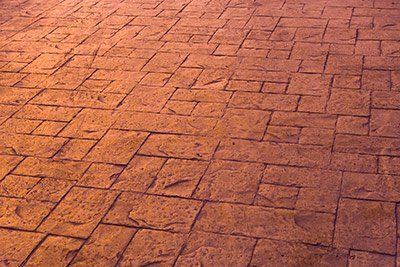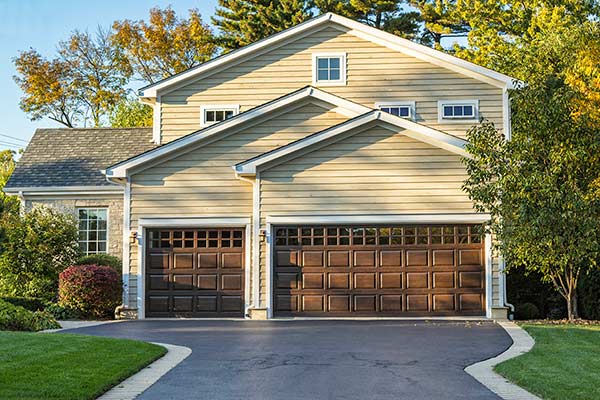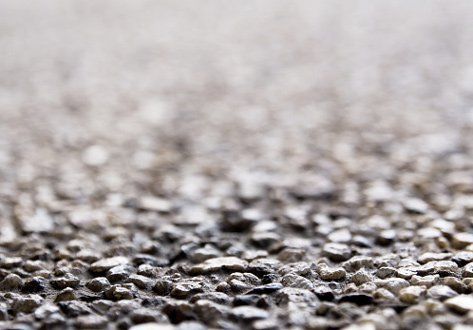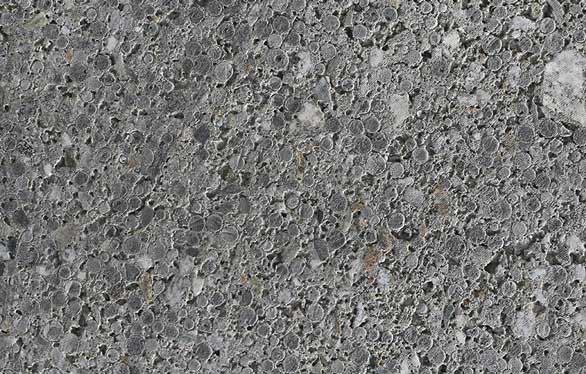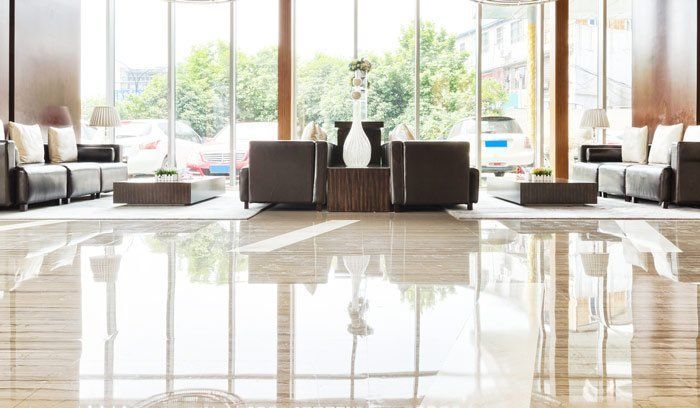Concrete is one of the most widely used of all paving and building materials; in addition, it is also one of the hardest and most durable materials. Perhaps for that reason, many people assume that the world of concrete stopped evolving and growing long ago.
However, concrete actually continues to undergo exciting new developments, whether in technique, application, or even its fundamental makeup. If you would like to learn more about some of the developments currently making news in the concrete world, then keep reading. This article will outline three very different yet equally exciting concrete trends.
1. Hand Tooled and Stamped Concrete
Stamped concrete has become a highly popular choice for paving outdoor areas such as pool decks and patios. Stamped concrete allows you to simulate natural paving materials like slate and stone -at a fraction of the cost.
After pouring the concrete, the contractors press plastic mats into the wet surface. Removing the mats leaves behind imprinted lines that make it look like the pavement consists of separate pieces.
While stamps can successfully mimic more expensive forms of paving, those with especially keen eyes may find the results still too crude. The repeated order in which the mats are laid down often creates patterns that give the true nature of the pavement away. However, many people don't notice these patterns or use different colors of concrete to avoid a patterned look.
To help enhance the illusion of natural paving materials, some contractors apply seamless texture skins to the surface to give it a rougher, more natural appearance. Then, they use special saws and hand tool to secure the joints. This approach means that the concrete will end up with a one-of-a-kind surface pattern.
2. Self-Healing Concrete
Water is perhaps the single greatest threat to concrete. Concrete has a naturally porous make-up that readily absorbs water and other liquids. Should that water then freeze, the force of its expansion will often cause cracks to form. Once this process has begun, it will grow with quickening speed, since the growing cracks will permit more and more water to accumulate.
Historically, the only way to stop this process involved filling cracks with a special sealant. Yet, even then, sealants often failed when exposed to the same kinds of stresses that caused the crack in the first place. Sealing can only slow down the process of cracks - not stop it completely.
Scientists in the Netherlands have recently developed a new approach to the problem of crack prevention: self-healing concrete. While this may sound like something straight out of science fiction, the technology is quite real.
Self-healing
concrete incorporates a species of bacteria into the initial mix.
Known as bacillus bacteria, these microorganisms lies dormant in the hardened concrete where its spores can continue to exist for many years. As cracks form in the concrete, however, the bacteria will finally be exposed to water.
This water releases calcium lactate, a food source for the bacteria, who then start eating. As they eat the bacteria begin to produce the substance known as limestone, which effectively plugs up the crack.
3. Concrete Speakers
According to Home Crux, the appeal of concrete has not been lost on the world of speaker design. After all, concrete possesses both a heavy and a still nature. These qualities make concrete a highly effective way to isolate audio speakers from unwanted vibrations. Recognizing this, a surprising number of manufacturers have released speakers that use concrete bodies.
On an acoustic level, these speakers excel. Perhaps even more surprisingly, these concrete speakers also possess a unique appearance, one that has proven exceptionally popular among audiophiles.
For more information on the continuing evolution of concrete as a building and design material, please
contact the concrete experts
at
Carolina Concrete Designs Inc.
